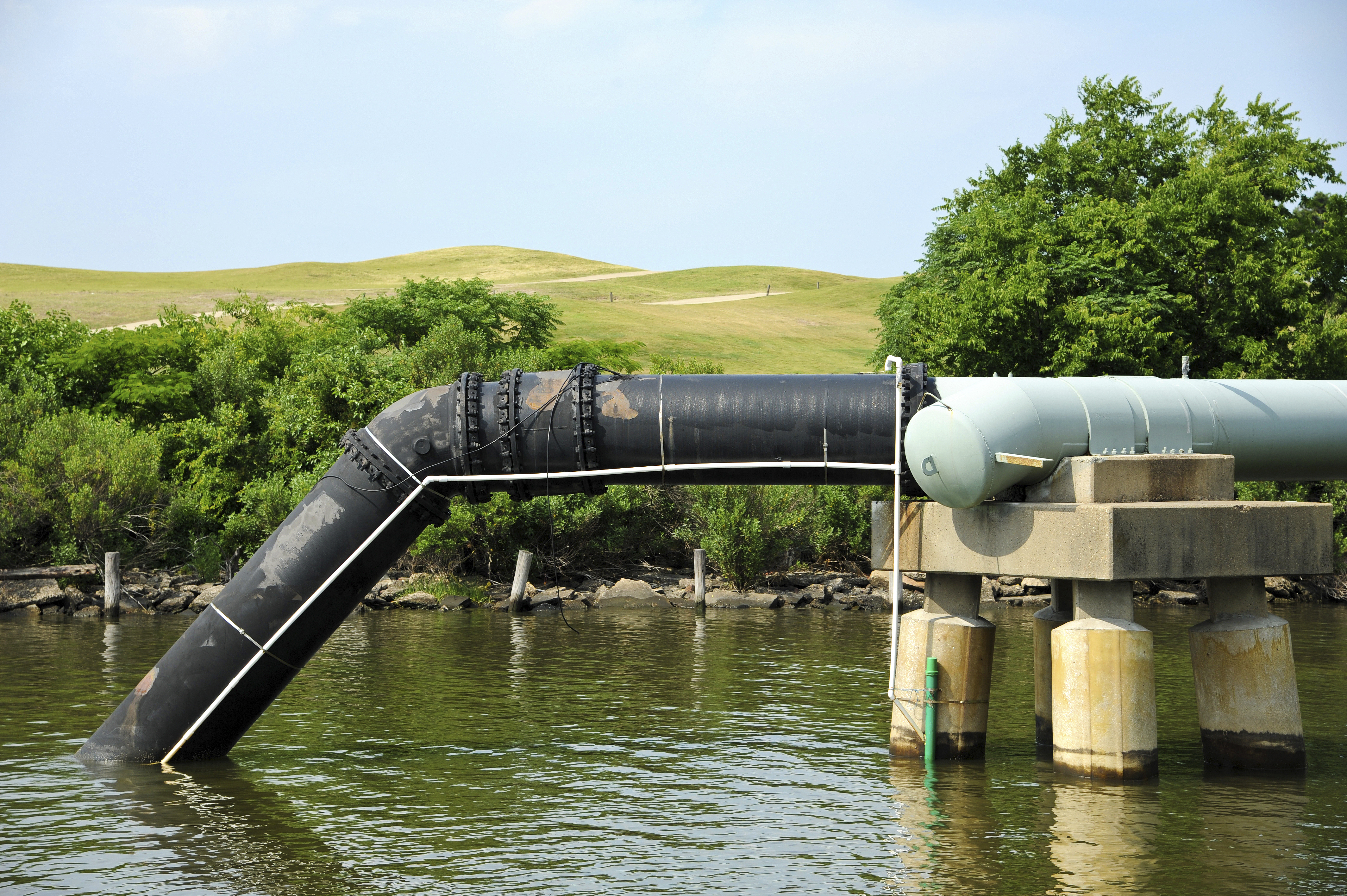 |
NPDES permits establish allowable discharge limits or effluent limitations that include both concentration and volume of flow. Section 402(k) of the federal Clean Water Act (CWA) provides for what is known as a “permit shield.” This means that if you are in compliance with your NPDES permit, you are deemed to be in compliance with laws and regulations related to the NPDES program.
In a 1995 guidance on the NPDES permit shield, the EPA said that a permit provides authorization and, therefore, a shield for the following pollutants resulting from facility processes, wastestreams, and operations that have been clearly identified in the permit application process when discharged from specified outfalls:
- Pollutants specifically limited in the permit or pollutants that the permit, fact sheet, or administrative record explicitly identify as controlled through indicator parameters;
- Pollutants for which the permit authority has not established limits or other permit conditions, but which are specifically identified in writing as present in facility discharges during the permit application process and contained in the administrative record that is available to the public; and
- Pollutants not identified as present but that are constituents of wastestreams, operations, or processes that were clearly identified in writing during the permit application process and contained in the administrative record that is available to the public.
According to the EPA, Section 402(k) also shields discharges of pollutants authorized under a general permit.
Forget expensive calls to lawyers and consultants. With Enviro.BLR.com, you get instant access, 24/7. Try it out today and get the 2015 EHS Salary Guide, absolutely free. Download Now.
In 1977, the U.S. Supreme Court, in E.I. Du Pont de Nemours v. Train, upheld the notion of the permit shield being final. Said the Court: “The purpose of § 402 (k) seems to be to insulate permitholders from changes in various regulations during the period of a permit and to relieve them of having to litigate in an enforcement action the question whether their permits are sufficiently strict. In short, § 402 (k) serves the purpose of giving permits finality.”
But now, a recent appeals court case appears to limit these shield protections, effectively making you question reliance on your permit for compliance. Let’s take a look at the case.
Southern Appalachian Mountain Stewards v. A&G Coal Corp.
This case, out of the 4th Circuit U.S. Court of Appeals, had to do with whether A&G could use the permit shield defense for discharges of selenium when it did not disclose the presence of selenium during the permit application process. The court said, no, they could not.
A&G had contended that they did not know of the potential presence of selenium during the permit process. The Court basically said that A&G was responsible for assessing the possibility of such discharges in their permit application in order to enjoy the protections of the permit shield. Selenium is a naturally occurring element. In this case, the discharge of selenium appears to have been from two outfalls that discharged surface water and groundwater, not from A&G’s process wastewater.
Everything You Need for Environmental Compliance
Enviro.BLR.com puts everything you need at your fingertips, including practical RCRA, CAA, CWA, hazardous waste regulatory analysis and activity, news, and compliance tools. Try it at no cost or risk and get a FREE report.
Failed the Piney Run Test
A&G contended that its lack of knowledge that it was discharging selenium was irrelevant. Instead, the key consideration was whether the permitting agency—in this case, the Virginia Department of Mines, Minerals and Energy (DMME)—contemplated the discharge. A&G claims that the DMME anticipated that the coal company would discharge selenium because it had previously informed the DMME of the presence of selenium at a different mine in the same watershed. The selenium discharges at issue were within the reasonable contemplation of the agency.
In a case in 2001 (Piney Run Preservation Ass’n v. Cnty. Comm’rs of Carroll Cnty), the 4th Circuit developed a two-prong test to assess whether a NPDES permit shields its holder from liability. Under the Piney Run test:
- The permitholder must comply with all of the express terms of a permit and the Clean Water Act’s disclosure requirements, and
- The permitholder does not make a discharge of pollutants that was not within the reasonable contemplation of the permitting authority at the time the permit was issued.
According to the Court, since A&G failed to disclose selenium in its application, it failed the test. Also, the Court found it “difficult to comprehend” A&G’s claim that the DMME would have anticipated the presence of selenium. According to the Court, either A&G and/or the DMME should both have been aware that selenium would be discharged, or neither had reason to be.
Implications: What this means beyond the A&G case is that in order to avail yourself of the NPDES permit shield, you had better cast a wide net for “potential” discharges and account for them in your permit application. You will have to research not just discharges related to your operations (i.e., process wastewaters) but also discharges that may occur when your discharges filter through your outfalls. Basically, you will have to account for the “presence” or “absence” of any element in Table 2 and Table 3 (selenium is in Table 3) of Appendix D of 40 CFR 122. According to the Court, “Silence as to the existence of a referenced pollutant is not adequate.”

1 thought on “Dings in Your NPDES Permit Shield”